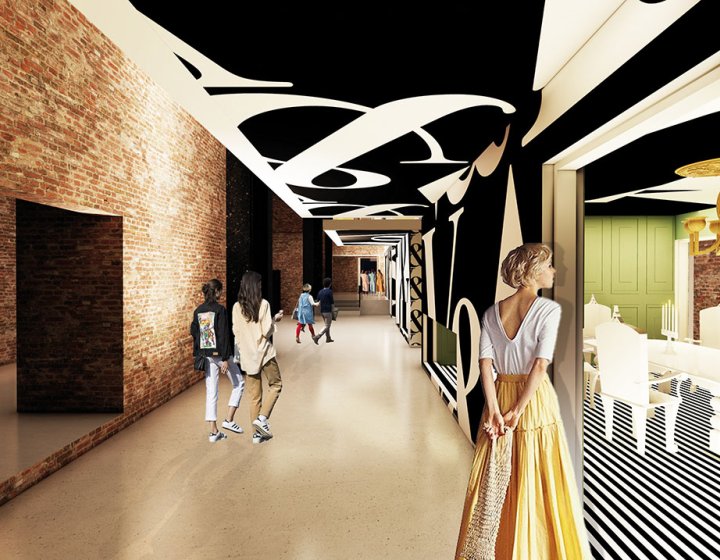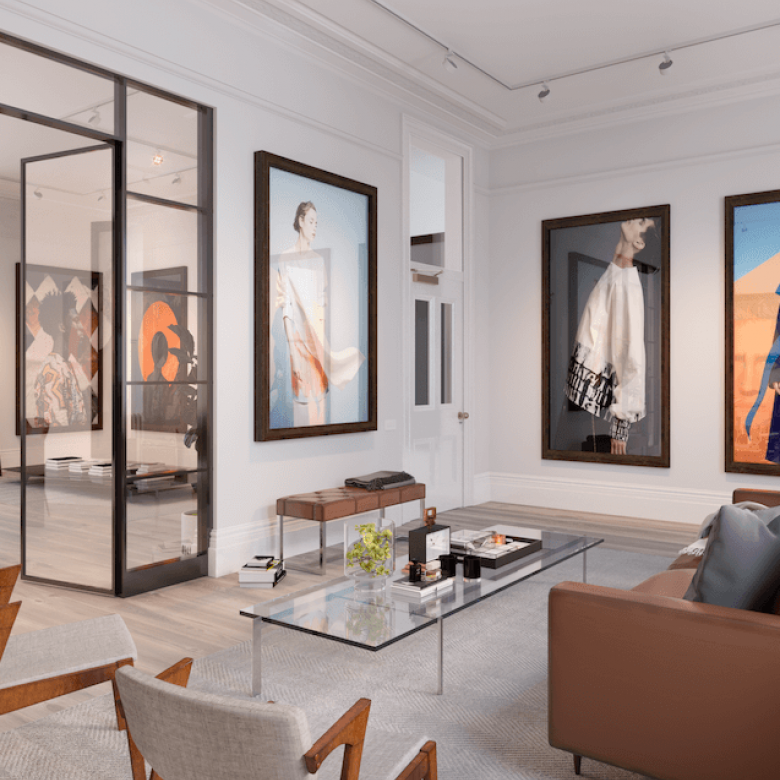Optimizing Aesthetic Charm: The Synergy In Between Interior Design and Home Architect Methods
Recognizing the subtle interaction in between indoor style and home architecture can considerably elevate the visual appeal of a living space. This marriage of layout self-controls involves a thoughtful assimilation of architectural elements with interior formats, and a proficient application of concepts such as rhythm, equilibrium, and contrast. As we explore this synergy, we will reveal ways to produce aesthetically striking and functional environments that not just reflect individual design, but likewise adjust to the dynamic needs of modern living.
Recognizing the Basics: Defining Interior Design and Home Architecture
Interior style and home architecture, often intertwined, stand for the structural and visual aspects of our living spaces. Interior layout is a multifaceted discipline that involves producing practical, secure, and cosmetically pleasing rooms inside a building. On the other hand, home architecture mainly concentrates on the strong structure of a structure.
The Synergy Described: How Interior Decoration and Home Style Intersect
Recognizing the synergy in between indoor style and home design can unlock a globe of creative thinking and functionality. When reviewing this junction, the impact of design on interiors is an important aspect to take into consideration. This discussion will concentrate on the unifying layout concepts that mix these 2 fields right into a harmonious whole
Unifying Design Principles
While it might seem that interior decoration and home design are 2 distinct techniques, they are actually deeply interconnected, creating a harmony that is necessary for creating harmonious home. Unifying design concepts are the pillars that promote this synergy. The principles include balance, rhythm, harmony, focus, and contrast. These elements coalesce to provide a cohesive aesthetic allure. Equilibrium creates a feeling of stability, rhythm offers a sense of activity, harmony ensures unity, comparison sparks rate of interest, and emphasis attracts focus to crucial elements. The strategic application of these principles makes it possible for a seamless blend of visual appeals and function, improving the overall experience of the area. In significance, these principles function as the bridge, joining interior decoration and building techniques.
Building Impact on Interiors
The intertwining of indoor style and architecture ends up being also more noticeable when one thinks about the architectural impact on interiors. Building components are inherent to a room's capability and visual appeals, forming the layout from the onset. Their harmony is therefore undeniable: design establishes the structure, which indoor style enhances with color, design, and appearance.
Trick Principles in Balancing Interior Design and Home Style
Striking a balance between capability and aesthetic appeal is a basic element of harmonizing interior decoration and home design. A just as important principle is the integration of sustainable layout to create environmentally friendly and energy-efficient homes. Lastly, understanding and discovering numerous architectural designs can likewise play a crucial function in achieving an unified layout.

Balancing Capability and Visual Appeal
Stabilizing capability and looks in indoor design and home architecture arises as one of the critical principles to think about. Aesthetics boosts the mood and influences the understanding of space, whereas performance makes certain use and convenience. Just as essential is the efficient plan of the room, with a tactical format adding dramatically to the harmony in between functionality and appearances.
Sustainable Design Assimilation
In maintaining the stability in between performance and visual appeals, one should likewise take into consideration the combination of sustainable design principles. This strategy not just enhances the visual charm of a room yet also ensures its longevity and decreased environmental effect. An unified fusion of indoor layout and home style, led by sustainability, can develop spaces that are lovely, practical, and ecologically friendly.
Discovering Building Styles
While there are a plethora of building designs to check out, it is vital to comprehend that each one brings its one-of-a-kind principles that can considerably influence the harmonization of interior decoration and home style. These designs, varying from the elaborate Baroque to the minimalist Modernist, bring distinctive philosophies and visual appeals that, when correctly understood and utilized, can develop homes that are not only visually stunning yet likewise harmoniously incorporated in regards to layout and architecture. Selecting a building design is not just regarding individual aesthetic preference; it has to do with picking a style language that speaks with the homeowner's way of living, philosophy, and aspirations, creating a home that is a real representation of its locals.
Instance Studies: Extraordinary Instances of Style and Design Harmony
Delving into some extraordinary situation research studies supplies a profound understanding of exactly how layout and architecture can sympathetically combine to produce engaging and practical spaces. Wright's layout masterfully incorporates the home with its bordering landscape, while the indoor mirrors the exterior's organic forms. These examples show the value of harmony between indoor design and design in accomplishing visual and functional success.
Practical Tips: Enhancing Your Home's Visual Allure
Attracting inspiration from the case researches find more information of architectural and style synergy, house owners too can apply some functional strategies to increase their home's visual charm. An unified blend of colors, textures, and lights can enhance a room, creating a warm and welcoming ambience. Selecting furniture that matches the architectural elements of your house can cultivate a sense of unity. Wall surface art and style pieces can include personality, mirroring personal style and preference. Incorporating greenery, either with indoor plants or sights to the outdoors, can bring an aspect of nature, providing a calming result. Clever use mirrors can open up a room, providing an read this post here illusion of a bigger area. Inevitably, the aesthetic appeal depends on balancing performance with design, creating a home that is both comfortable and stunning.

Future Trends: Exactly How Modern Techniques Are Changing Interior Design and Style
As the world progresses, so do the fads in interior design and architecture. Modern methods are increasingly focusing on sustainability, including environment-friendly materials and energy-efficient styles. These patterns reflect a shift towards designs that are not just aesthetically pleasing, but also ecologically mindful, technically progressed, and adaptable to transforming way of livings.
Conclusion
Finally, the assimilation of interior decoration and home design techniques is a vibrant strategy to improving aesthetic appeal. By leveraging vital concepts like comparison, equilibrium, and rhythm, and Get More Info including aspects of contemporary living, designers can develop versatile, visually pleasing environments. Through recognizing this synergy, homeowners can make enlightened decisions that not only raise their home but likewise contribute to their total wellness.
Understanding the refined interplay in between interior style and home architecture can dramatically raise the visual charm of a living area.Interior style and home architecture, often linked, stand for the aesthetic and architectural aspects of our living areas.While it may appear that indoor design and home style are two distinctive disciplines, they are in fact deeply interconnected, forming a harmony that is essential for producing unified living spaces.The intertwining of indoor design and design comes to be even a lot more apparent when one considers the building impact on interiors. A harmonious blend of indoor design and home design, led by sustainability, can create areas that are attractive, functional, and environmentally friendly.